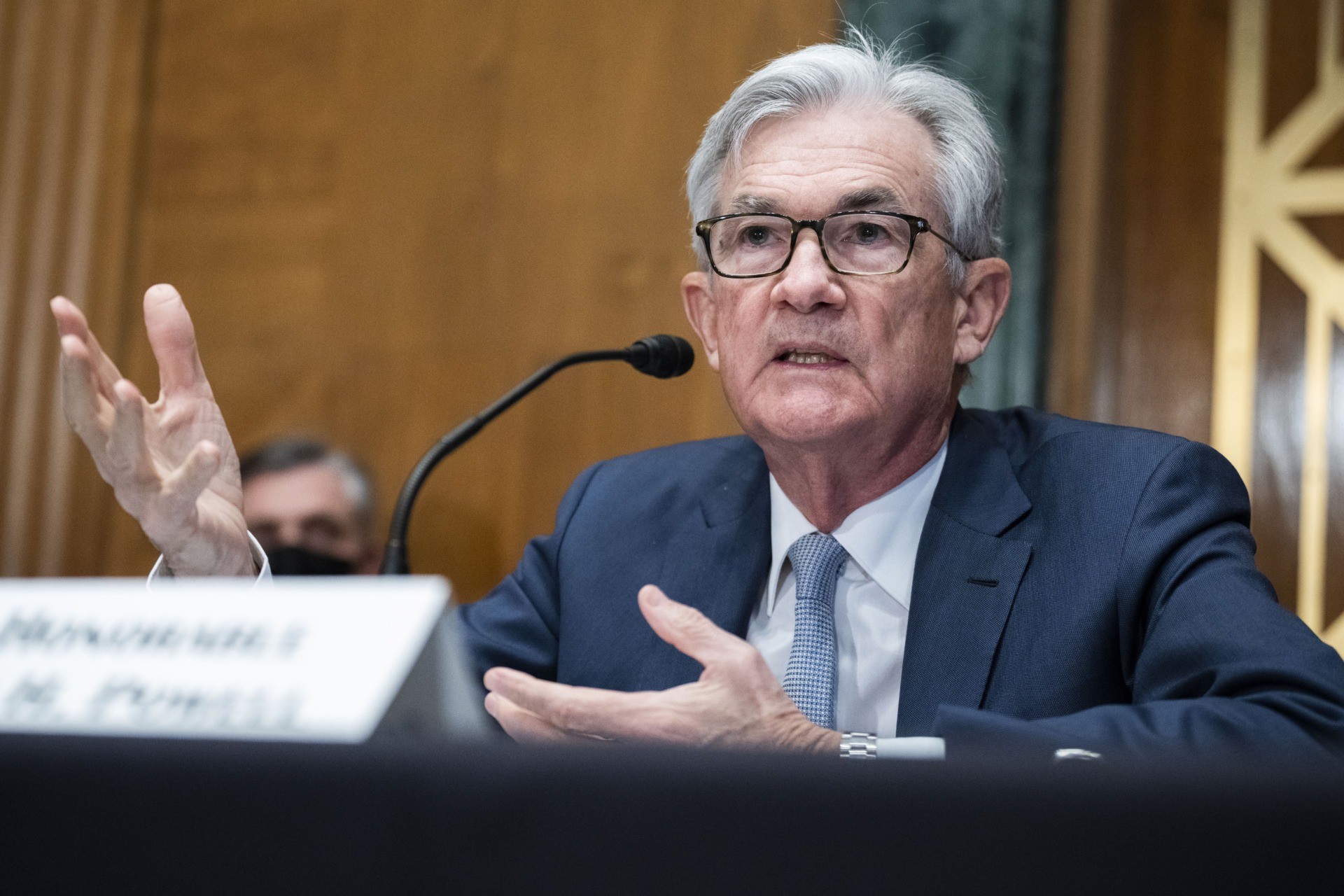If you want to know why the supply of oil is responding so sluggishly to demand, direct your attention toward Oregon.
The state came under fire on Thursday for its investments in fossil fuels. A group called Divest Oregon, which describes itself as “a statewide grassroots coalition of individuals and organizations representing unions with PERS members, racial and climate justice groups, youth leaders, and faith communities,” issued a report lambasting the state for allegedly holding $5.3 billion of investments in fossil fuel companies. That includes—gasp!—nearly $1 billion in coal company investments.
It is not just Oregon, of course. Back in February, New York state Comptroller Thomas DiNapoli said the state’s retirement fund would restrict investments in 21 shale oil and gas-producing companies. Maryland lawmakers have passed a bill making it much harder for any of its investment advisors to invest in anything that is deemed to contribute to climate change.
Interest in investing on what are known as environmental, social, and governance (ESG) factors has exploded in recent years. According to Deliote’s Center for Financial Services, professionally managed assets with ESG mandates swelled to $46 trillion globally in 2021, representing nearly 40 percent of all assets under management. The result of this is that it has become incredibly hard to raise funds for expanding fossil fuel production. So even oil prices above $100 a barrel are not attracting capital into the sector.
In a recent episode of Bloomberg’s Odd Lots Podcast, Goldman Sachs’ top commodities strategist describes ESG investing as “a blunt instrument that is reducing capital flows into a very critical sector.” It is, in other words, what happens when cancel culture meets investing. The result is even more inflation and higher gasoline prices. If Joe Biden really wants to encourage more oil production in the U.S., he may want to lean on the ESG left to back off.
Elon Gets Serious About Twitter

CEO of Tesla Motors Elon Musk speaks at the Tesla Giga Texas manufacturing “Cyber Rodeo” grand opening party in Austin, Texas, on April 7, 2022. (SUZANNE CORDEIRO/AFP via Getty Images)
Elon Musk really does have the funding secure this time, according to paperwork Musk filed with the Securities and Exchange Commission on Thursday. Musk said he has received commitment letters committing to provide an aggregate of approximately $46.5 billion from Morgan Stanley.
The details are interesting. Around $13 billion of that commitment is a pretty standard leveraged buyout structure, with the money being lent to Twitter itself if Musk buys that. Around $7 billion of that comes in the form of senior secured bank loans, and $6 billion comes in the form of high-yield bonds. If it seems strange that you can buy a company by having the company itself borrow the money, remember that when you buy a house with a mortgage, the bank’s collateral is the very asset you are buying.
The banks are also offering to lend him $12.5 billion personally, secured by $62.5 billion worth of his Tesla Inc. stock. That’s not a typical LBO structure. When Blackstone takes a company private, no one expects Steve Schwarzman to pledge his shares of Blackstone.
Musk is also pledging to put up another $21 billion. A sponsor equity contribution is very standard for LBOs, but this is unusually large.
One takeaway is that the banks are not very willing to take much risk here. They may doubt that Twitter is really worth what Musk has offered to pay. That’s not totally surprising. Prior to Musks’s involvement, Twitter was trading at much lower valuations. Musk himself has made it clear he is not primarily interested in Twitter as an economic proposition. This might serve as a warning to Twitter’s investors about the likelihood–or rather, the unlikelihood–of another bidder coming forward with a higher valuation.
Powell Gets Serious About 50 Basis Points

Federal Reserve Chairman Jerome Powell testifies during a Senate Banking Committee hearing on March 3, 2022, on Capitol Hill. (Tom Williams/AP)
Federal Reserve Chairman Jerome Powell made it clear that the central bank’s target is likely to go up by a half a percentage point at its next meeting. He also signaled that he is open to similarly large moves after that.
“It is appropriate in my view to be moving a little more quickly,” Powell said Thursday.
Treasury yields jumped and stocks sank on the news. This itself is a form of financial tightening and helps the Fed, so it was probably Powell’s intended result.

COMMENTS
Please let us know if you're having issues with commenting.